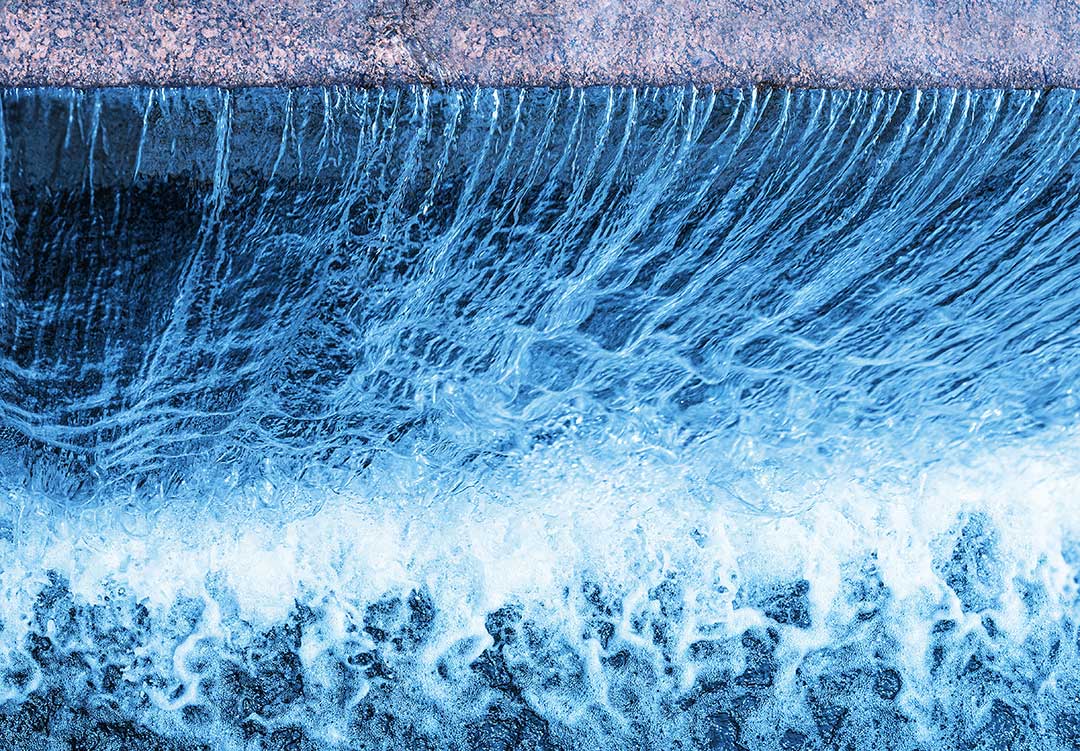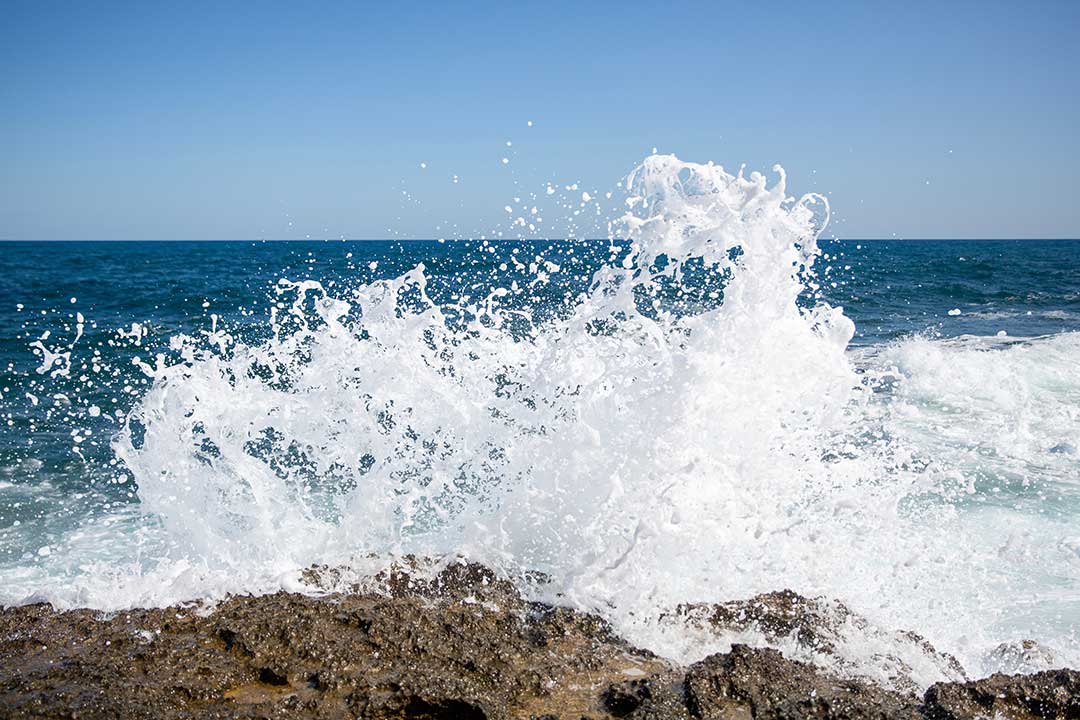Water wise: Innovations securing Saudi Arabia’s water future

If all wastewater generated by Saudi Arabia’s 34.3 million residents were captured, it would produce approximately 9 million cubic meters of treated water per day.
To demonstrate the feasibility of large-scale water reuse, a pilot anaerobic membrane bioreactor has been operating for the past three years at MODON industrial city in Jeddah, treating 50,000 liters of wastewater a day — about the same volume as generated by a community of 200 people — at zero energy costs.
The plant, spearheaded by KAUST’s Peiying Hong, results from years of research to develop a technology that purifies reclaimed water to reduce the risks associated with microbial contaminants.
The anaerobic membrane bioreactor drives a decentralized wastewater treatment plant that operates 24 hours a day to clean sewage entirely off-grid, making it suitable for communities living in remote areas. Energy is derived from wastewater and sunlight, with excess renewable energy stored on-site. In addition to generating at least 20 times less solid waste than conventional aerobic systems, the treated water retains valuable nutrients such as ammonium and phosphate, which can be repurposed as liquid fertilizer for crops.
“After proving the concept at pilot scale, we have received interest from several stakeholders in scaling up the technology. We are still determining the best way forward,” says Hong.
“Our solution is coupled with a continuous AI-based monitoring system, ensuring that reclaimed water can be safely used in food production or to support KSA’s green initiatives,” she explains.
Making desalination sustainable
As levels of non-renewable groundwater are being rapidly depleted across much of the Middle East, using reclaimed wastewater to irrigate crops is one solution, while another is the use of partially desalinated sea water.
Like other countries in the region, Saudi Arabia relies on desalinated water. With many major cities located near the sea, desalination may seem like a practical option, but current technologies consume large amounts of energy, most of which comes from fossil fuels.
Noreddine Ghaffour’s research focuses on advancing desalination technologies to lower costs and energy use. His team has developed a novel process that integrates renewable energy with low-energy desalination.
Ghaffour explains that desalination technology faces significant challenges, primarily high energy consumption and brine discharge, along with issues such as membrane biofouling and extensive chemical use.
“Our objective is to develop more efficient desalination processes that use lower-grade energy, fewer chemicals, and also reduce the volume of brine discharge through higher water recovery,” he says. “The idea is to power our desalination plants using low-grade renewable energy, such as waste heat from industrial processes or from renewable energy systems themselves.”
Ghaffour’s team has developed a process based on membrane distillation, which harnesses solar energy to produce heat for freshwater generation. It is now being tested in a pilot-scale facility at KAUST.

As underground water reserves decline, seawater is becoming an increasingly vital resource. KAUST researchers are developing new desalination technologies that require far less energy and fewer chemicals.
The process runs at near ambient temperature and pressure, requiring less thermal energy and only a small amount of electricity to push water into the system.
“Unlike reverse osmosis, which demands high pressure as feed salinity increases, this process is significantly less affected by salinity, allowing higher water recovery and creating new opportunities for brine treatment,” says Ghaffour.
“It reduces costs, operates easily with minimal electricity and requires fewer chemicals. Because it is less dependent on economies of scale, its modular design makes it affordable and suitable for remote areas or disaster-affected communities lacking power infrastructure or industrial waste heat,” he explains.
For both Hong and Ghaffour, a key goal of their research is to reduce reliance on desalinated water by reserving it primarily for drinking. Other sources, such as reclaimed water or partially desalinated water, could then be used for food production and greening projects, optimizing water use across sectors.
Achieving this efficient and safe use of diverse water sources relies on precise monitoring and predictive management—an area where AI technologies are playing an increasingly important role.
AI for water quality control
Peiying Hong and her team are using AI to improve monitoring of microbial contaminants. They have developed a machine-learning neural network soft sensor that monitors the presence of bacterial and viral cell in water.
“With this sensor, we aim to provide users with predictive measurements of waterborne cell densities by inputting physical or chemical data, thus allowing them to monitor water quality without the need to access a lab or expensive equipment,” she explains.
While implementing this AI and soft sensor tool at the MODON water treatment plant, Hong also aims to extend its use to other water types, including potable water and water at various stages of the desalination process.
Ghaffour is harnessing the power of AI to address the problem of membrane bio-fouling in a project with Saudi power company, ACWA Power.
His team has installed a non-invasive smart device in ACWA Power’s reverse osmosis desalination pilot plant. It houses an AI-generated model and a camera to monitor the membrane surface, tracking the accumulation of deposits that cause fouling.
“The device can predict anomalies before they occur, helping to avoid service interruptions and costly shutdowns for membrane cleaning and maintenance,” explains Ghaffour.

